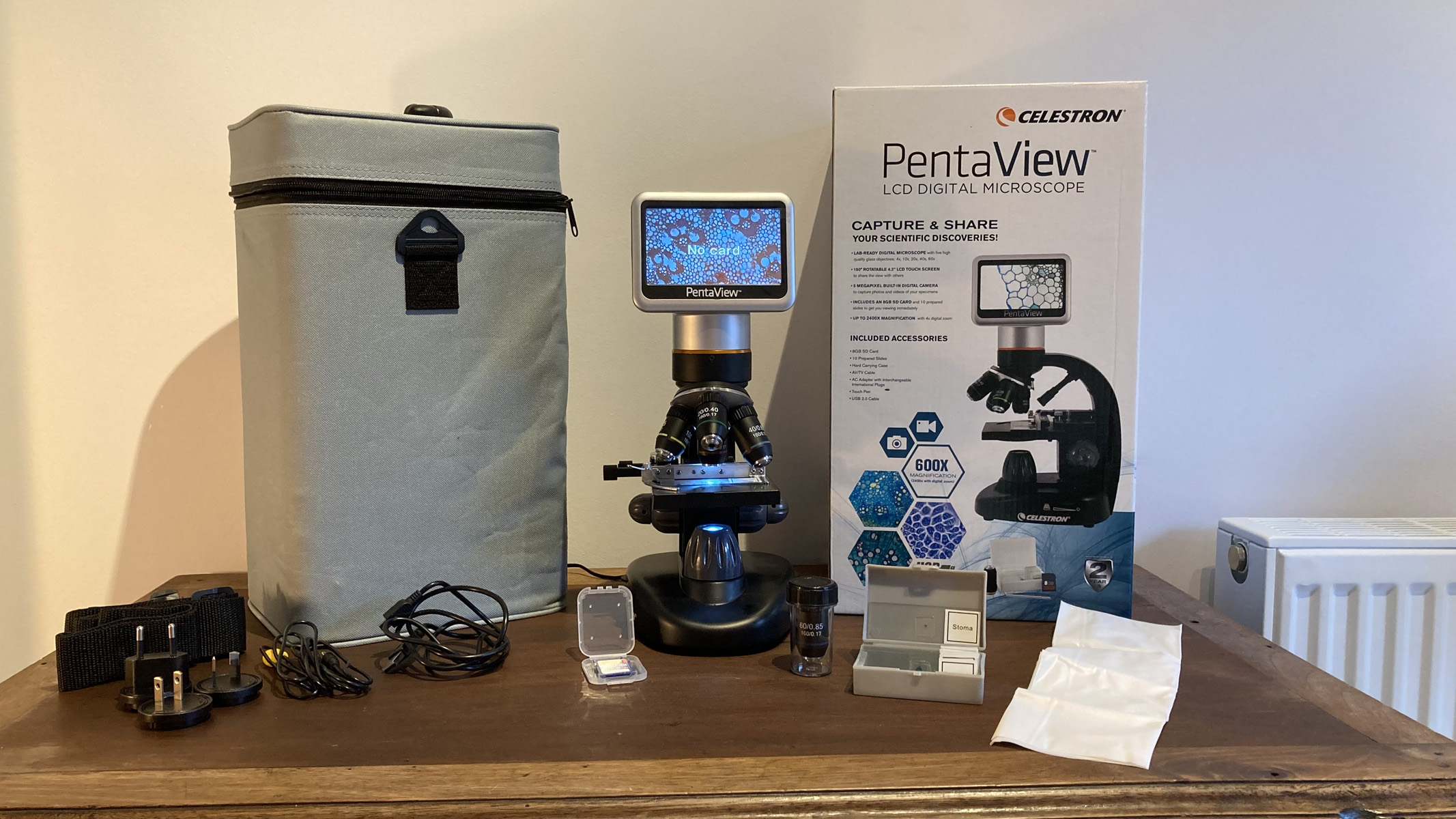Surfaces, Vol. 7, Pages 824-837: Increasing the Wear and Corrosion Resistance of a CP-Ti Surface by Plasma Electrolytic Borocarburizing and Polishing
Surfaces doi: 10.3390/surfaces7040054
Authors: Marina A. Volosova Sergei A. Kusmanov Ivan V. Tambovskiy Tatiana L. Mukhacheva Artem P. Mitrofanov Igor V. Suminov Sergey N. Grigoriev
The paper examines the possibility of increasing the wear and corrosion resistance of a CP-Ti surface by duplex plasma electrolytic treatment (borocarburizing and polishing). The structure and composition of diffusion layers, their microhardness, surface morphology and roughness, wear resistance during dry friction and corrosion resistance in Ringer’s solution were studied. The formation of a surface-hardened layer up to 200 μm thick with a microhardness of up to 950 HV, including carbides and a solid solution of boron and carbon, is shown. Subsequent polishing makes it possible to reduce surface roughness and remove weak areas of the porous oxide layer, which are formed during high-temperature oxidation in aqueous electrolyte vapor during borocarburizing. Changing the morphology and structural-phase composition of the CP-Ti surface helps reduce weight wear by a factor of three (the mode of frictional interaction changes from microcutting to oxidative wear) and corrosion current density by a factor of four after borocarburizing in a solution of boric acid, glycerin and ammonium chloride at 950 °C for 5 min and subsequent polishing in an ammonium fluoride solution at a voltage of 250 V for 3 min.

 2 months ago
30
2 months ago
30


